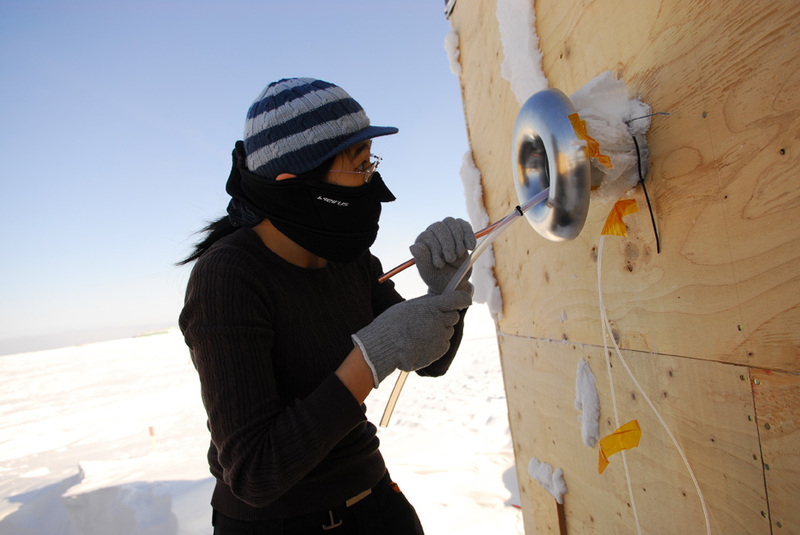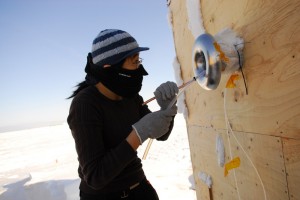Scientists measuring atmospheric gases in Alaska have detected surprisingly high levels of chlorine gas (Cl2) – up to 400 parts per trillion. The gas likely results from a light-driven chemical reaction between ground-level ozone and chloride salts in snow and ice. The resulting gas and its breakdown products can have a profound effect on the chemistry of the arctic atmosphere.
Original research article published in Nature Geoscience on January 12, 2014
Names and affiliations of selected authors:
Greg Huey (Corresponding Author), School of Earth & Atmospheric Sciences, Georgia Institute of Technology
Ralf Staebler (Contributing Author), Air Quality Processes Section, Environment Canada

